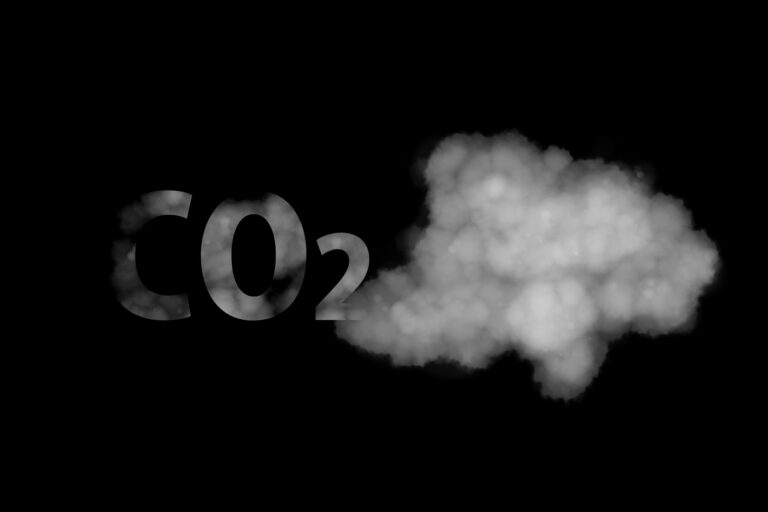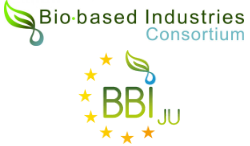Author: Daniela Trambitas, FeyeCon D&I BV
Over the years, fueled by market demand, plastic materials have reached unparalleled performance. Properties like durability, efficiency and stability have made them very reliable. Consequently, they have become part of our daily lives, as well as part of the ecosystems around us. From a sustainable product, plastic material (generically named) has become one of our main problems over the decades. Problems stem from its production (dependence on fossil fuels) to the enormous waste generated by its use. From the perspective of waste recovery and re-utilization, the difficulty of efficient plastic recycling has become evident. Nowadays, we recycle no more than 15 to 16% of plastic waste. The rest is either sent to incinerators, landfills, or is simply dumped. The figures are alarming when we consider that annual plastic production is in the order of 400 million tonnes globally!
Combined efforts, however, have revealed different ways of carrying out plastic waste degradation and/or recycling. From turning plastic waste into a variety of new materials (like composites) to various methods of chemical depolymerization, dealing with plastic waste may benefit from a suite of technological and engineering approaches. Ideally, all of them must result in a “clean” solution: meaning that they do not generate any additional waste.
HOW ENZYCLE BENEFITS FROM scCO2
The ENZYCLE consortium advances the concept of a bio-degradable approach to promote plastic waste degradation by mimicking a more natural weathering and arthropodal break down. Combined with other engineering and technical solutions, enzymes and CO2 have been seen as potential natural ingredients for an efficient way to combat plastic waste. These methods aim to simulate the natural process with streamlined efficiency.
CO2 is an abundant natural gas at atmospheric conditions. Different other physical states (liquid, solid or supercritical) can be attained by simply varying the temperatures and pressure. Supercritical is a state in which CO2 is neither liquid nor gas, borrowing properties from both states and combining them into fluid with a gas-like diffusivity and viscosity, liquid-like solubility and density and plasticizing behaviour in most polymers. scCO2 is a good swelling agent thus scientific results promoted the advantages of using scCO2 in assisting polymer modifications.
CO2 is known to be an inert gas, cheap and easy available which can be used as well in processing enzymatic solutions with proven high success rates in preserving the enzymatic activity. Dry, supported or encapsulated enzymes are alternative retorts to the current enzymatic wet streams.
FEYECON TECHNOLOGY SUPPORTS THE PROCESSING OF ENZYME & PLASTIC WASTE NATURALLY
FeyeCon has transformed a commercially available liquid lipase into a dry product by means of a scCO2 spray-drying process. In a one-step process, the liquid enzyme is transformed into solid matter with no waste or additional chemicals, keeping >95% CO2 in the recirculation loop. The high pressure process does not affect the enzyme activity, producing a dry enzyme (which has a limited lifetime when exposed directly to environmental conditions) as well as a supported and encapsulated dry enzyme (with improved stability). Both support the capsule material and are natural and bio-degradable. They are also readily available from cost effective materials (like natural polysaccharides). Solid enzyme stability has been improved by encapsulation and its loading can be further increased. A solid enzyme has certain foreseeable advantages, from handling to operational perspectives.
Waste polymer materials ( PET, PE, PP and multi-layers) can be pre-treated by exposing to scCO2 . CO2 sorption into polymers leads to swelling and results in altering their physical, thermal, and mechanical properties. During the polymer swelling enzyme can be added to allow a more intimate contact between enzyme and waste polymeric material aiming for a faster polymer degradation. This can be seen as a possible scalable solution in the case of microplastic degradation.
Waste polymer materials ( PET, PE, PP and multi-layers) can be pre-treated by exposing them directly to scCO2 . CO2 absorption into polymers leads to swelling and results in altering their physical, thermal, and mechanical properties. During polymer swelling, an enzyme can be added to allow a closer contact between enzyme and waste polymeric material. This process may facilitate faster polymer degradation. This can be seen as a possible scalable solution within the context of microplastic degradation.




